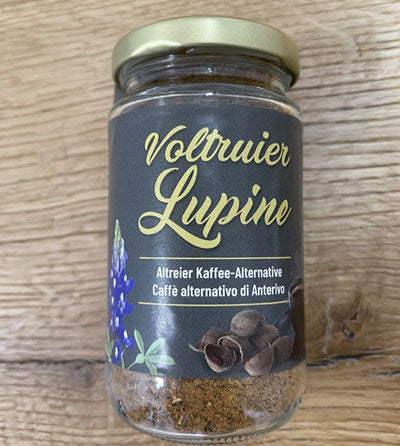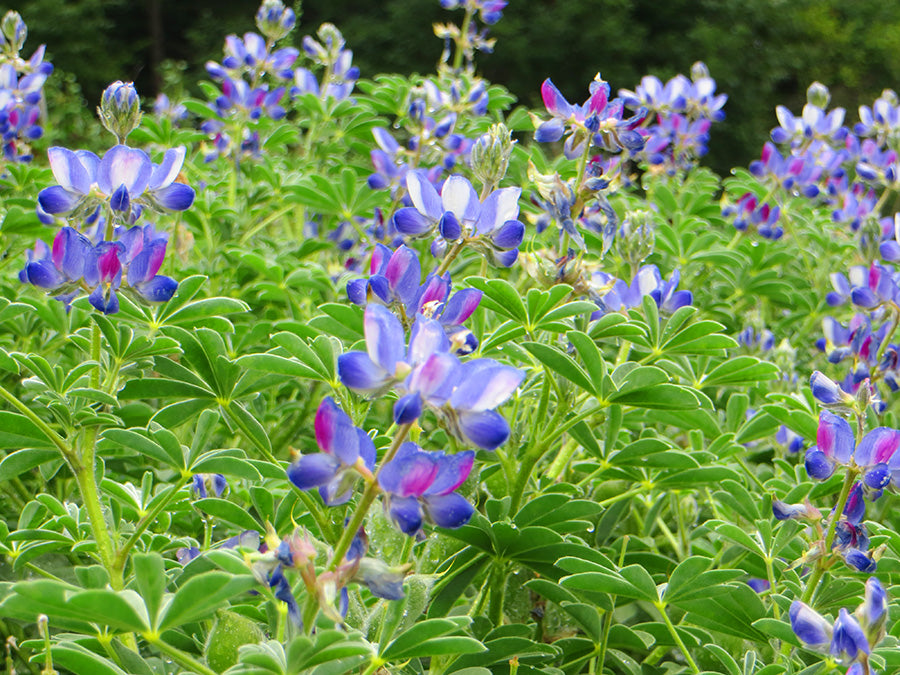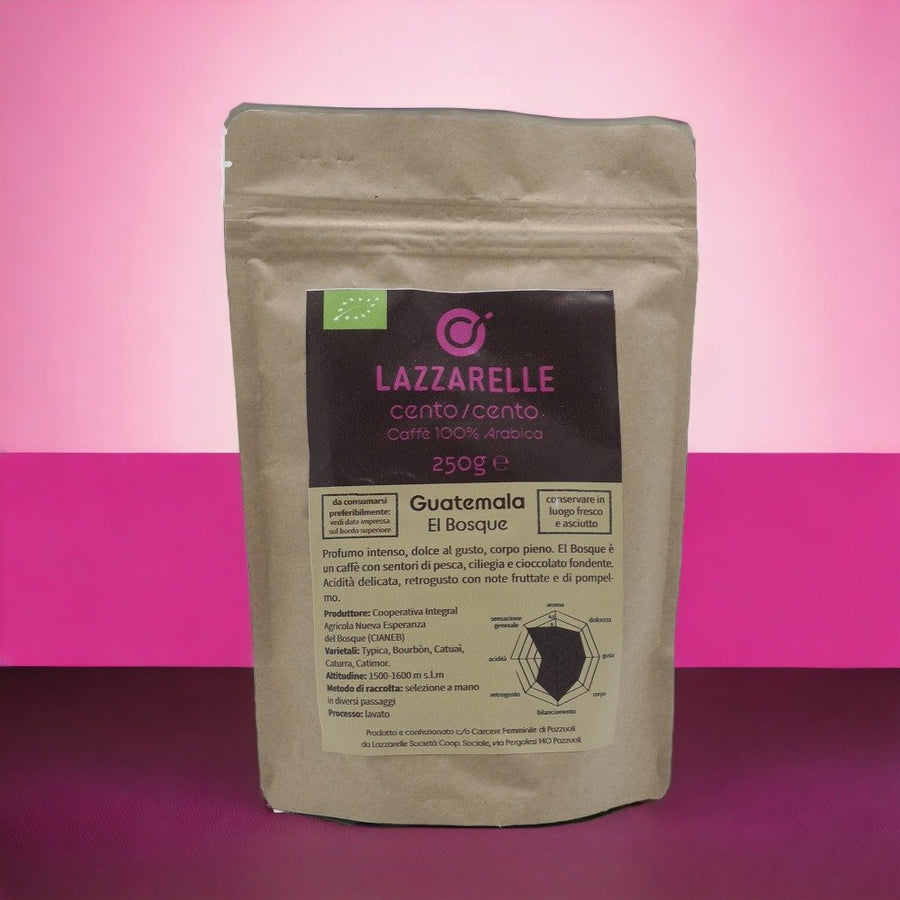
Coffee and substitutes: warm hugs and intense flavours
Coffee is a drink that has been with us for centuries, now widespread throughout the world, which we often associate with moments of pleasure and relaxation , but also with nights spent staying awake.
Coffee is obtained by grinding the beans of the coffee plant, grown in various parts of the world, mainly Latin America, Africa and Asia . After harvesting, the beans are roasted, developing their flavour and aroma : they can then be sold and used whole or ground to prepare coffee. Other products such as caffeine and coffee oil are also obtained from coffee beans.
The countries that excel in the quality of their coffee are those that also have the ideal climatic conditions for its cultivation, such as Ethiopia , which produces very high quality coffee, Brazil , the world's leading producer with an intense, full-bodied flavour and the Colombia , with more delicate and aromatic notes.
Unfortunately, these countries are not always exemplary models for the protection of human rights . This is why fair trade chains , or Fairtrade , were created, which ensure that coffee producers are paid a fair price for their product, respecting the right to work and health, as well as the environment, through sustainable production.
To recognize a quality coffee it is important to pay attention to the color of the beans , which must be uniform and bright, to the aroma , fragrant and intense, and to the final flavor , balanced and harmonious.
Coffee-like drinks can also be obtained by roasting barley and chicory . The advantage is that both of these raw materials are caffeine-free and are therefore suitable for those who cannot tolerate nervous substances or suffer from high blood pressure or insomnia.
The true history of coffee is uncertain. According to legend, coffee was first discovered by an Ethiopian shepherd named Kaldi, who noticed that his goats became very lively after eating the berries of a plant and decided to try them himself. He found that they had a bitter but pleasant taste, and gave energy and mental clarity. He decided to take them to a monk, who used them to prepare a drink and also found that it was an excellent stimulant for "waking up" during night prayers. The drink spread throughout the Islamic world and was introduced to Europe in the 16th century, becoming popular throughout the West.

Iscriviti al PROGRAMMA PUNTI FEDELTÀ ZiaCris
💶 e 20€ di credito da spendere nello shop ogni 250 punti accumulati

💰 3€ di credito ti aspettano!
Ottieni un credito immediato per i tuoi acquisti








